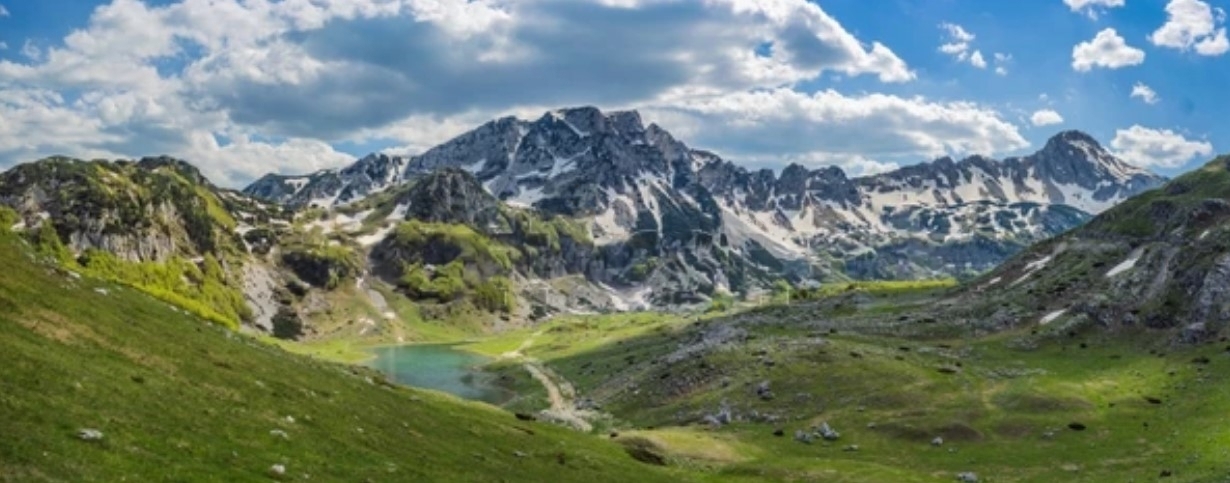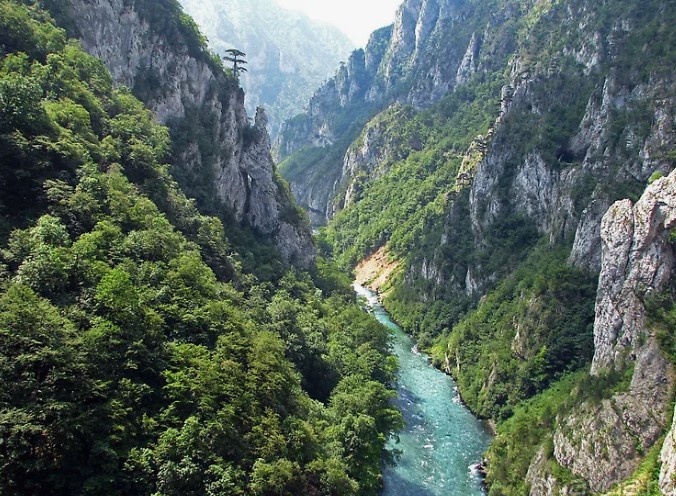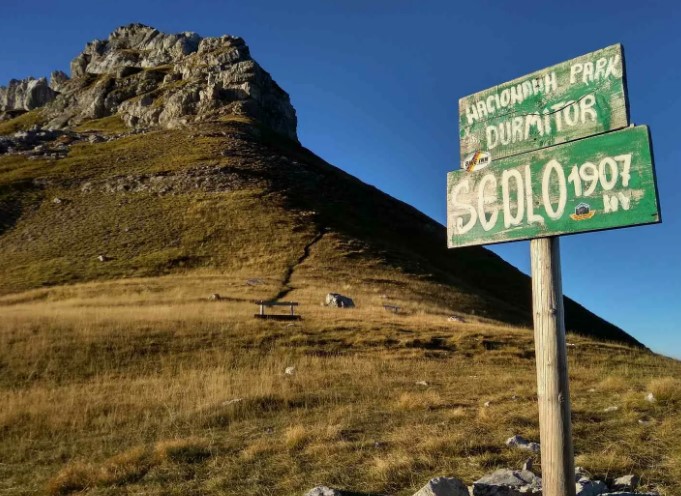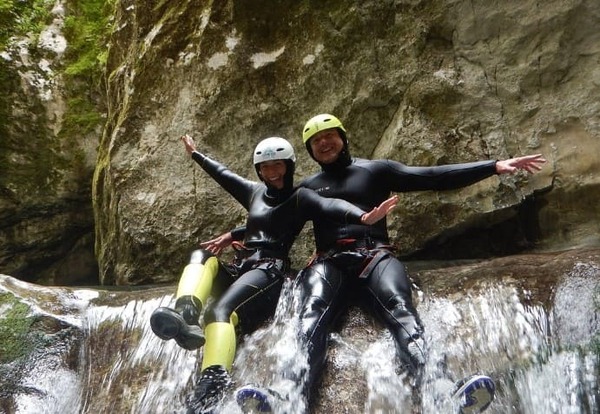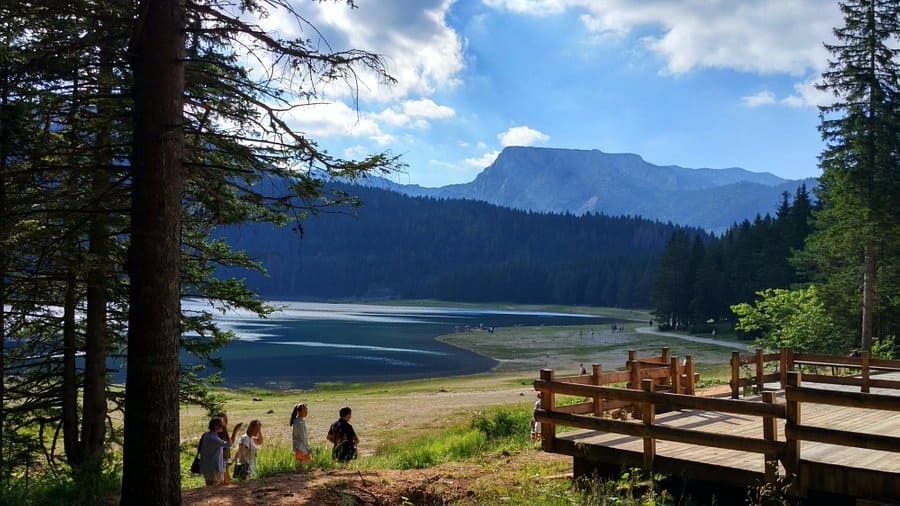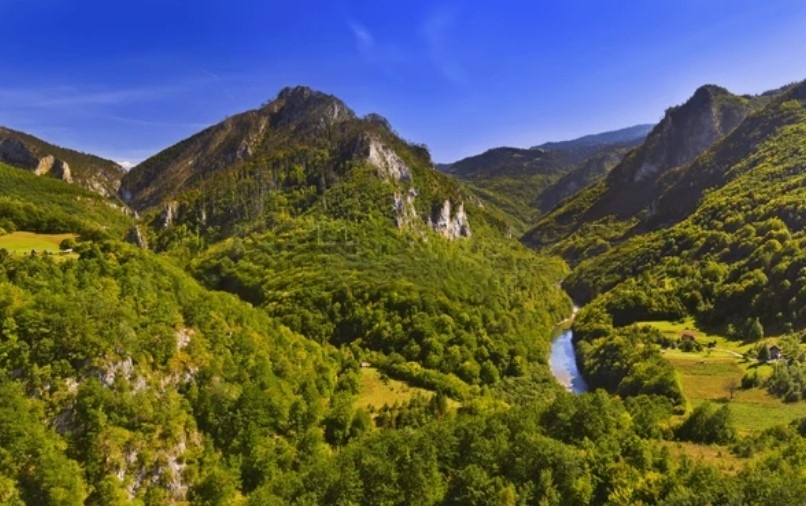Horseback tours in Montenegro are like traveling back in time while mounted on a legend. Instead of engine noise—the rhythmic clatter of hooves; instead of glass windows—the wind in your face and endless landscapes. Pastoral meadows, pine forests, and mountain trails await you, where nature seems to whisper ancient stories.
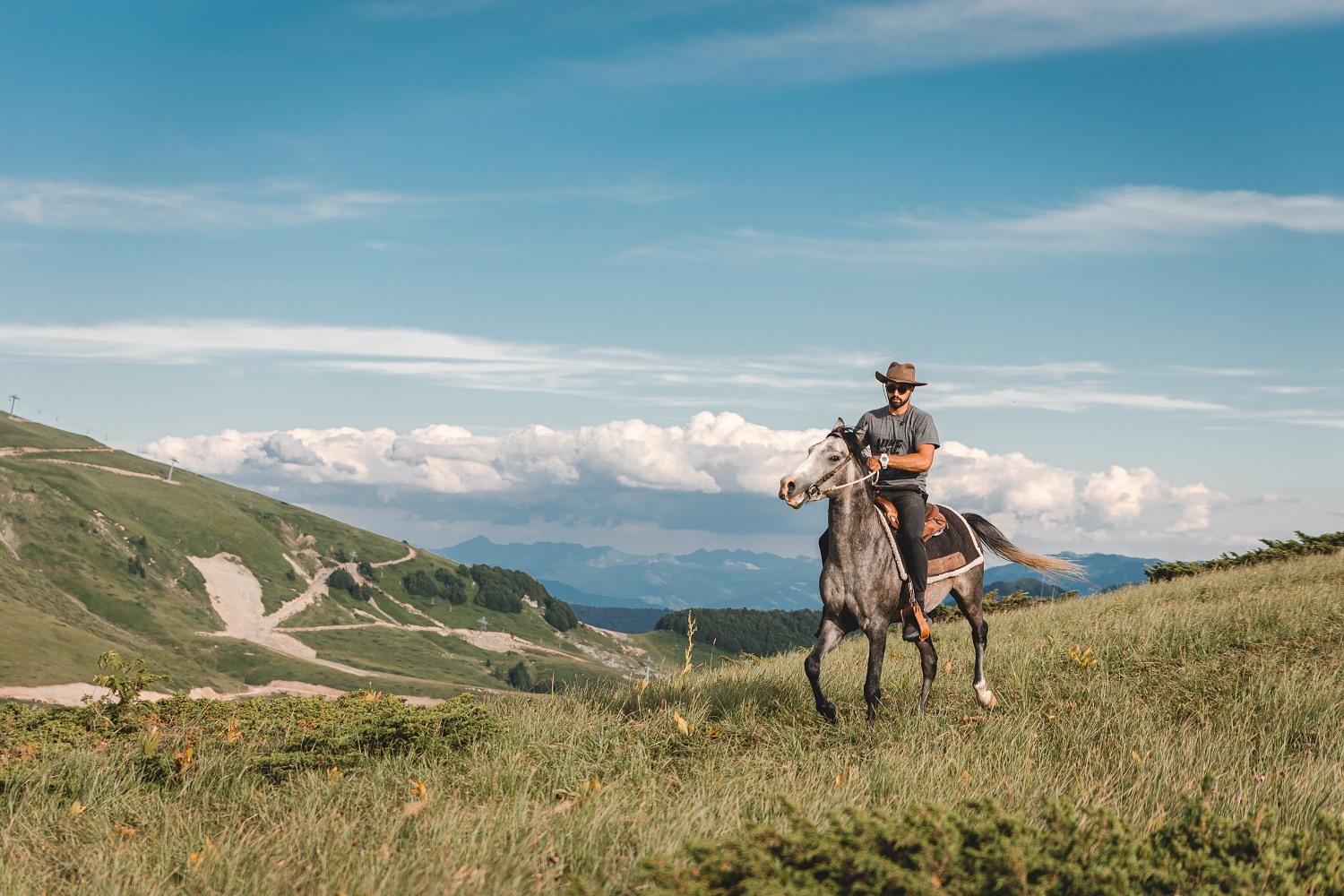
A Timeless Way to Experience Montenegro
In a world increasingly dominated by motorized tourism, horseback riding offers a refreshingly authentic way to experience Montenegro's diverse landscapes. This traditional mode of transportation connects riders with the country's pastoral heritage while providing access to areas that remain untouched by modern development.
The relationship between Montenegrins and horses stretches back centuries. In this mountainous terrain, horses were not merely transportation but essential partners in daily life—carrying supplies between isolated villages, helping with agricultural work, and serving as status symbols for tribal leaders. Today's horseback tours honor this legacy while introducing visitors to the country's natural splendor.
What makes these equestrian adventures truly special is their pace. Moving at the speed of a horse allows you to absorb the landscape in a way that's impossible when rushing from one attraction to another. You'll notice subtle changes in vegetation, hear the diverse birdsong, and feel the shifting terrain beneath you. Many riders describe this experience as meditative—a rare opportunity to synchronize with the natural rhythm of the mountains.
Suitable for Everyone—From Beginners to Cowboys
Each participant—whether a child sitting in the saddle for the first time or an experienced rider—will find a suitable route.
-
Beginners receive thorough instruction and learn the basics of horse communication. Trained guides provide a comprehensive introduction to riding techniques, safety protocols, and basic horse care. Gentle, well-trained horses are selected specifically for first-time riders, and routes follow easy terrain with minimal elevation changes. These introductory experiences typically last 1-2 hours, providing enough time to develop comfort and basic skills without causing fatigue or soreness.
-
Intermediate riders embark on routes through hills and meadows with opportunities for light galloping. These half-day excursions venture deeper into the countryside, traversing varied terrain that offers more challenge and excitement. Riders with some experience can enjoy longer stretches of trotting and occasional cantering in suitable open areas. The pace alternates between leisurely walks through scenic sections and more spirited riding in appropriate terrain.
-
Experienced equestrians explore high mountains and hard-to-reach pastures—places where no jeep can travel. These advanced trails follow traditional shepherd paths that have connected remote mountain communities for centuries. Riders navigate narrow passages, cross mountain streams, and climb to panoramic ridges offering breathtaking views of Montenegro's most pristine wilderness areas. These challenging routes require confident handling of horses in unpredictable terrain and changing weather conditions.
Tours use both traditional Montenegrin saddles and modern ones, so you can choose between the spirit of history and comfort. The traditional saddles, with their distinctive wooden frames and ornate leather work, provide an authentic experience but may take some adjustment for those accustomed to contemporary equipment. Modern saddles are available for riders who prefer familiar comfort during longer expeditions.
The Montenegrin Horse: A Hardy Companion
The horses used in these tours primarily belong to the Montenegrin Mountain Horse breed, perfectly adapted to the challenging local terrain. These animals typically stand 13-14 hands high (132-142 cm), with strong legs, sure footing, and remarkable endurance—evolutionary adaptations to life in mountainous environments.
What makes these horses particularly suitable for tourism is their even temperament. Centuries of selective breeding have produced animals that remain calm in difficult situations while maintaining the hardiness needed for mountain travel. Their natural curiosity and intelligence make them responsive partners even for inexperienced riders.
Each horse in reputable tour programs receives extensive training specifically for trail riding with novice to advanced riders. They undergo socialization with different types of people, desensitization to potential trail hazards, and conditioning for various terrain challenges. Many have been with their operations for years, developing the reliability and predictability essential for safe recreational riding.
-
Willingness to follow instructions precisely
-
Comfort with being in natural water environments
-
Ability to manage adrenaline and excitement
-
Reasonable confidence when facing challenging situations
-
Trust in guides and equipment
When to Hit the Trail?
The best time is from May to October, with each month offering distinct advantages and natural spectacles.
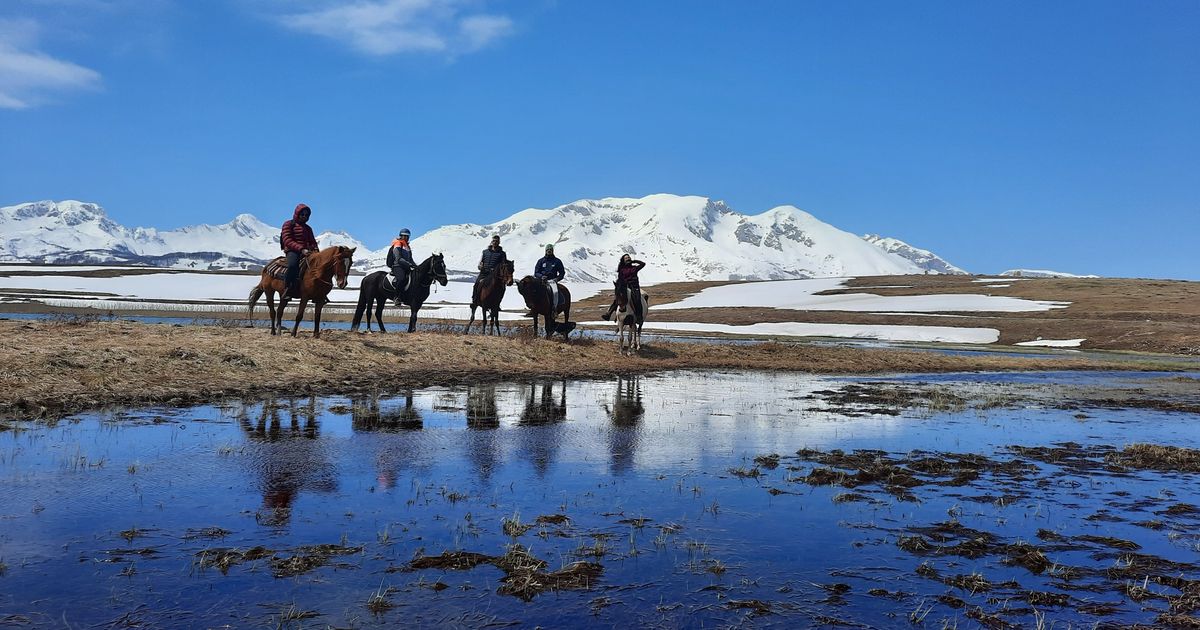
-
May brings moderate temperatures and fewer tourists. The mountains display vibrant spring growth as meadows begin their transformation from winter dormancy to explosive color. This shoulder season offers excellent value and the joy of witnessing nature's reawakening.
-
June is the season of flowering meadows, where each step seems to be on a living carpet. Alpine wildflowers create spectacular panoramas, with endemic species like the Montenegrin bellflower (Edraianthus montenegrinus) and various orchids in full bloom. The diversity of flowering plants during this period makes it a favorite for photography enthusiasts and botanists.
-
July and August feature morning coolness and breaks with mountain tea. During these peak summer months, rides typically start early to take advantage of comfortable morning temperatures before the midday heat. Afternoon excursions resume after a traditional mountain lunch break, often featuring ocally harvested herbs brewed into aromatic teas. These months offer the most reliable weather and maximum daylight hours for extended journeys.
-
September brings golden autumn, with forests seemingly ablaze with color. The changing foliage of beech, maple, and oak trees creates a spectacular backdrop for riding adventures. Temperatures become more moderate, the summer crowds disperse, and the clear autumn light enhances visibility across mountain ranges. If rain happens to fall—there's a covered arena, so your adventure won't be canceled.
Seasonal Considerations
Each season presents unique conditions that inform appropriate clothing and equipment:
-
Spring (May-June): Mornings can be chilly at higher elevations, necessitating layers that can be removed as the day warms. Rain gear should be packed even on clear days, as mountain weather can change rapidly.
-
Summer (July-August): Sun protection becomes essential, including high-SPF sunscreen, sunglasses, and lightweight long-sleeved shirts. Hydration packs or readily accessible water bottles are recommended for longer rides.
-
Fall (September-October): The temperature differential between morning and midday can be significant, making layered clothing particularly important. Gloves become more useful as morning temperatures drop.
Regardless of season, appropriate footwear with a small heel (to prevent the foot from sliding through the stirrup) is recommended. Most tour operators provide helmets, but riders may bring their own certified equestrian headgear if preferred.
Available Routes
The diversity of trails accommodates various interests, time constraints, and riding abilities, ensuring everyone can find their ideal equestrian adventure.
-
Short routes for children and families typically follow gentle terrain near the stables, lasting 1-2 hours. These introductory experiences include basic riding instruction and close supervision, making them perfect for young riders (usually ages 7 and up) and families seeking a shared adventure. Routes often include stops at child-friendly attractions like small waterfalls, meadows ideal for picnics, or places where local wildlife is commonly spotted.
-
Half-day excursions visiting shepherd huts and featuring local cheese tastings combine cultural immersion with moderate riding. These 3-4 hour journeys follow traditional paths between seasonal settlements, where generations of Montenegrin herders have maintained age-old dairy-making traditions. Visitors can observe or participate in traditional cheese-making processes before sampling varieties rarely available outside these remote regions. The authentic cultural exchanges with mountain residents provide insights into a vanishing way of life.
-
Full-day expeditions to the Štuoc ridge offer views of six mountain ranges. These 6-8 hour adventures represent the quintessential Montenegrin mountain experience, climbing from forested valleys to open ridgelines above the treeline. At the summit, riders are rewarded with panoramic vistas encompassing Durmitor, Sinjajevina, Ljubišnja, Vojnik, Maganik, and on clear days, distant peaks in neighboring Bosnia and Herzegovina. The full-day format allows ample time for photography, wildlife observation, and extended rest periods in particularly scenic locations.
-
Multi-day expeditions with overnight stays in katuns (shepherd's huts) and folklore evenings immerse riders in traditional mountain culture. These journeys, typically lasting 2-5 days, follow historical trading and herding routes that have connected isolated communities for centuries. Nights are spent in renovated katuns—the seasonal mountain dwellings used by shepherds during summer grazing periods. Evenings feature traditional music, storytelling, and demonstrations of craft skills like wood carving and woolen textile production. The multi-day format allows exploration of remote areas inaccessible to day riders.
-
Romantic sunset rides to Lake Zminje with dinner under the stars create unforgettable experiences for couples. These specialized tours time the ride to reach the pristine mountain lake just as the setting sun casts golden light across the water. Upon arrival, riders find a prepared lakeside setting with traditional Montenegrin cuisine served by candlelight. Local guides discretely withdraw after dinner service, allowing couples private time to enjoy the exceptional stargazing opportunities afforded by the minimal light pollution in these remote areas.
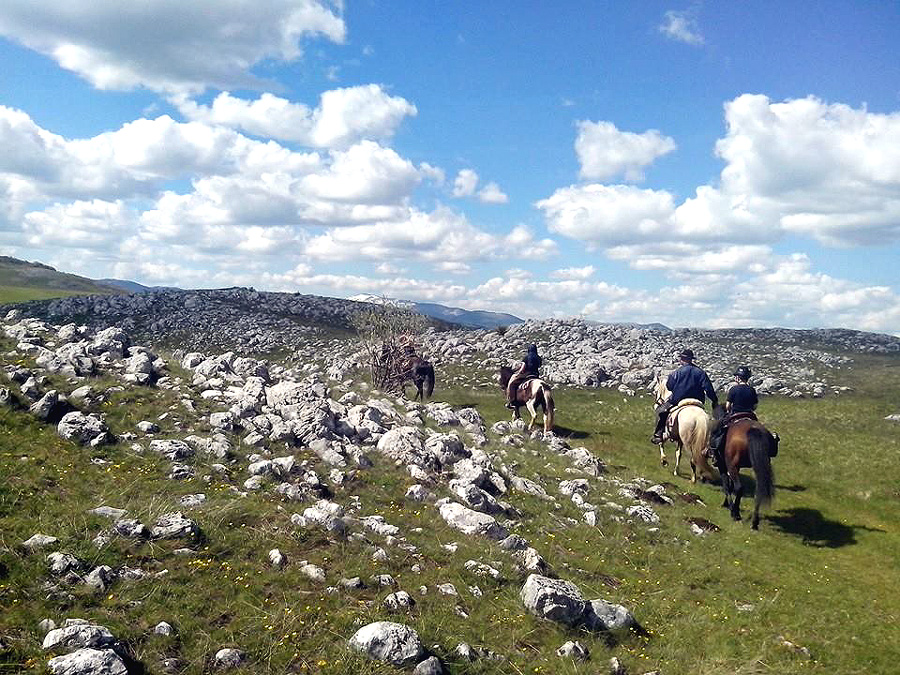
Book your unforgettable rafting experience on the Tara River — feel the adrenaline, immerse yourself in wild nature, and make memories that will last a lifetime.
Special Interest Routes
Beyond these standard offerings, specialized routes cater to particular interests:
-
Photography-focused rides pace the journey to maximize opportunities at optimal shooting locations during the golden hours of early morning or late afternoon.Guides on these tours have extensive knowledge of the most photogenic locations throughout the seasons.
-
Wildlife observation routes target areas known for diverse bird species, chamois (wild mountain goats), and occasionally bears or wolves (observed from safe distances). These typically involve periods of quiet travel and stationary observation in strategic locations.
-
Historical trails follow ancient trading routes, visiting ruins of medieval fortresses, old stone bridges, and historic battle sites that played significant roles in Montenegro's long struggle for independence.
What Else Is Important to Know?
The horses are of local breed, hardy and calm. For their comfort, there's a weight limit of 95 kg (209 lbs). You'll be provided with helmets, warm blankets, and even a picnic of organic products. Professional photographers will take magazine-cover-worthy shots. And you can reach the starting point via transfer from Žabljak.

Safety Protocols
Reputable tour operators maintain comprehensive safety standards, including:
-
Mandatory safety briefings covering basic riding techniques, emergency procedures, and communication signals used on the trail
-
Helmet requirements for all riders regardless of experience level
-
Guide certification in wilderness first aid and equestrian instruction
-
Regular veterinary checks ensuring the health and soundness of all horses
-
Weather monitoring with contingency plans for sudden changes
-
Support vehicles that meet riders at accessible points along longer routes
-
Communication devices allowing guides to contact emergency services from remote areas
Equipment and Comforts
Beyond basic riding necessities, quality tours provide amenities that enhance the experience:
-
Saddlebags for carrying personal items, camera equipment, and extra layers
-
Rain ponchos designed specifically for horseback use
-
Seat savers and additional padding for riders concerned about comfort during longer journeys
-
Mounting blocks to assist those with limited mobility
-
Specialized tack for riders with physical limitations or injuries
Culinary Experiences
Food plays a central role in the Montenegrin horseback experience:
-
Trail snacks featuring local specialties like dried fruits, nuts, and traditional energy-dense travel foods such as priganice (fried dough pockets)
-
Picnic lunches during day rides, often featuring mountain cheeses, prosciutto, wild herbs, home-baked bread, and seasonal fruits
-
Exceptional dining experiences on specialty tours, ranging from traditional meals prepared over open fires to sophisticated cuisine at remote mountain lodges
-
Local beverages including herb teas, fruit brandies, and regional wines to complement the culinary offerings
All food is sourced from local producers, often organic or traditionally grown without chemical inputs. Many ingredients come directly from mountain farms, supporting the economies of remote communities while providing authentic flavors that connect riders to the regional culture.
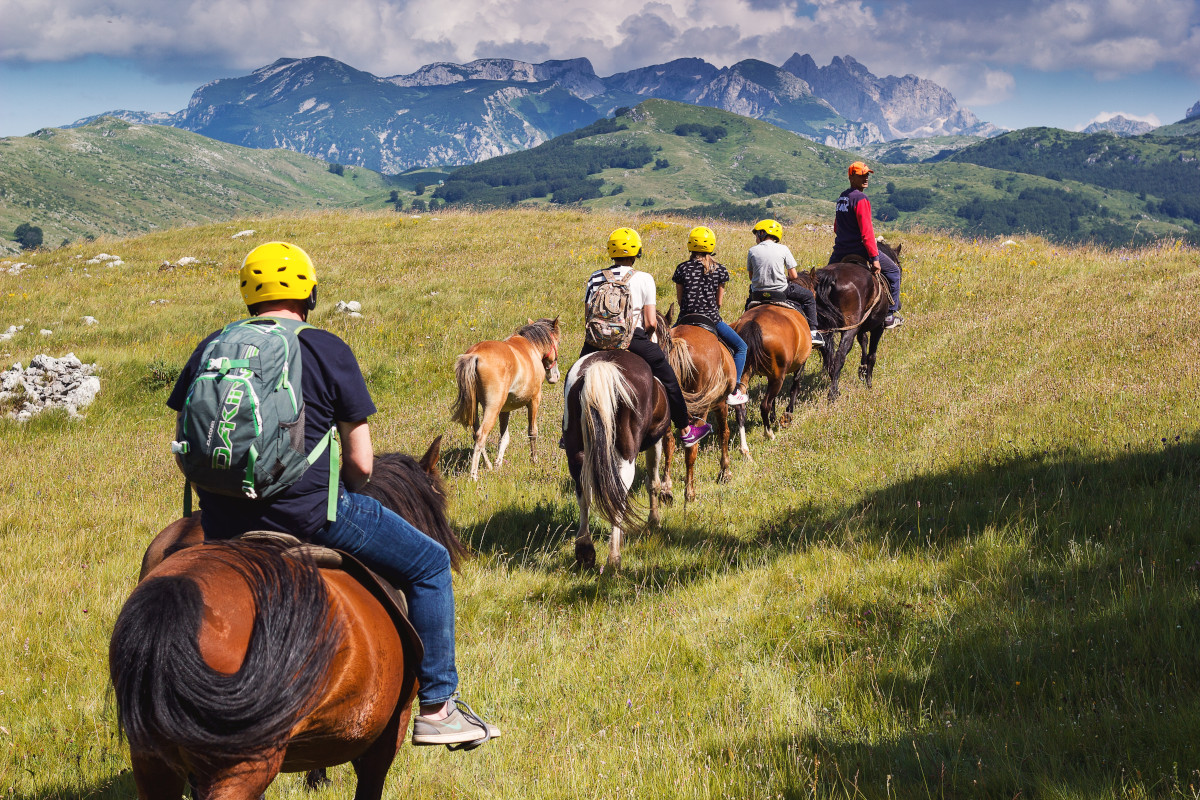
The Cultural Dimension
Horseback tours offer more than scenic beauty—they provide living connections to Montenegro's cultural heritage:
Traditional Knowledge
Guides share traditional knowledge accumulated over generations of mountain life:
-
Plant identification of medicinal herbs, edible species, and culturally significant flora
-
Weather prediction using traditional observation methods that preceded modern forecasting
-
Navigation techniques employed by mountain people before the advent of GPS technology
-
Animal husbandry practices that have sustained communities in these challenging environments for centuries
Historical Context
The trails themselves tell stories of Montenegro's complex history:
-
Paths once used by resistance fighters during numerous conflicts throughout the country's tumultuous past
-
Routes followed by trading caravans connecting Adriatic ports with inland communities
-
Ancient boundaries between historical tribal territories, often marked by distinctive stone cairns
-
Transhumance trails used by generations of shepherds moving livestock between winter and summer pastures
Community Benefit
These equestrian programs provide significant support to mountain communities through:
-
Direct employment as guides, stable managers, and support staff
-
Income for local farmers supplying hay, grain, and food for guests
-
Preservation of traditional skills that might otherwise be lost to modernization
-
Cross-cultural exchange that enriches both visitors and locals
Practical Information
Booking and Preparation
Most operators recommend booking at least 1-2 weeks in advance during peak season (July-August) and 3-5 days ahead during shoulder seasons. When preparing for your ride, consider:
-
Honest assessment of riding ability to ensure appropriate trail assignment
-
Disclosure of relevant health information including allergies, back issues, or other physical limitations
-
Appropriate clothing including long pants, closed-toe shoes with small heels, and layers suitable for changing mountain weather
-
Personal items such as sunscreen, insect repellent, and any necessary medications
Pricing and Options
Rates vary by route, duration, and included amenities:
-
Introductory rides (1-2 hours): €30-50 per person
-
Half-day experiences (3-4 hours): €60-90 per person, typically including light refreshments
-
Full-day adventures (6-8 hours): €100-150 per person, including meals and refreshments
-
Multi-day expeditions: €150-250 per day, all-inclusive with accommodation, meals, and specialized guides
-
Specialty tours (sunset rides, photography expeditions): €80-200 depending on inclusions and customization
Many operators offer family packages, group discounts, and combination deals with other regional activities like rafting or zip-lining.
Getting There
The main horseback riding centers are located near Žabljak, the mountain resort town that serves as the gateway to Durmitor National Park. Transportation options include:
-
Organized transfers from Žabljak, included in many tour packages
-
Public transportation to Žabljak from coastal cities and Podgorica (though connections may be limited)
-
Rental cars providing the most flexibility for exploring the broader region
-
Hotel pickups arranged by some operators from accommodations throughout the Durmitor area
For those planning a more extensive Montenegrin adventure, horseback experiences can be integrated into regional itineraries including the coastal regions, Lake Skadar, and Biogradska Gora National Park.
Conclusion: An Unforgettable Perspective
Horseback riding in Montenegro offers something increasingly rare in modern tourism—an opportunity to slow down, connect with both nature and cultural heritage, and experience landscapes in the same way travelers have for centuries. The bond formed with your equine companion, the rhythmic pace of the journey, and the access to remote areas combine to create memories that endure long after the more conventional vacation experiences fade.
As you ride ancient paths through mist-shrouded forests and emerge onto sun-drenched meadows, you'll understand why Montenegrins have such deep connections to their mountainous homeland. The perspective gained from horseback—elevated enough to appreciate the sweeping landscapes but close enough to hear the whisper of wind through grass—perfectly complements the country's dramatic topography.
Whether you're seeking adventure, cultural immersion, natural beauty, or simply a unique way to experience this remarkable corner of the Balkans, Montenegro's equestrian traditions invite you to step back in time while moving forward on unforgettable mountain trails.
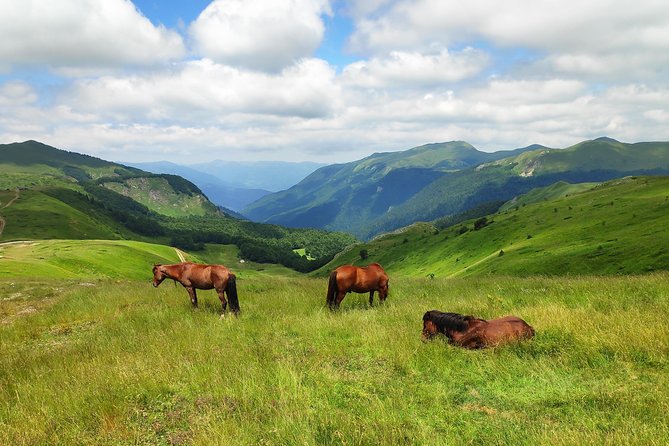
Book an unforgettable adventure on the Tara River — crystal-clear waters, breathtaking canyons, and pure adrenaline await you in Montenegro’s mountain paradise.



